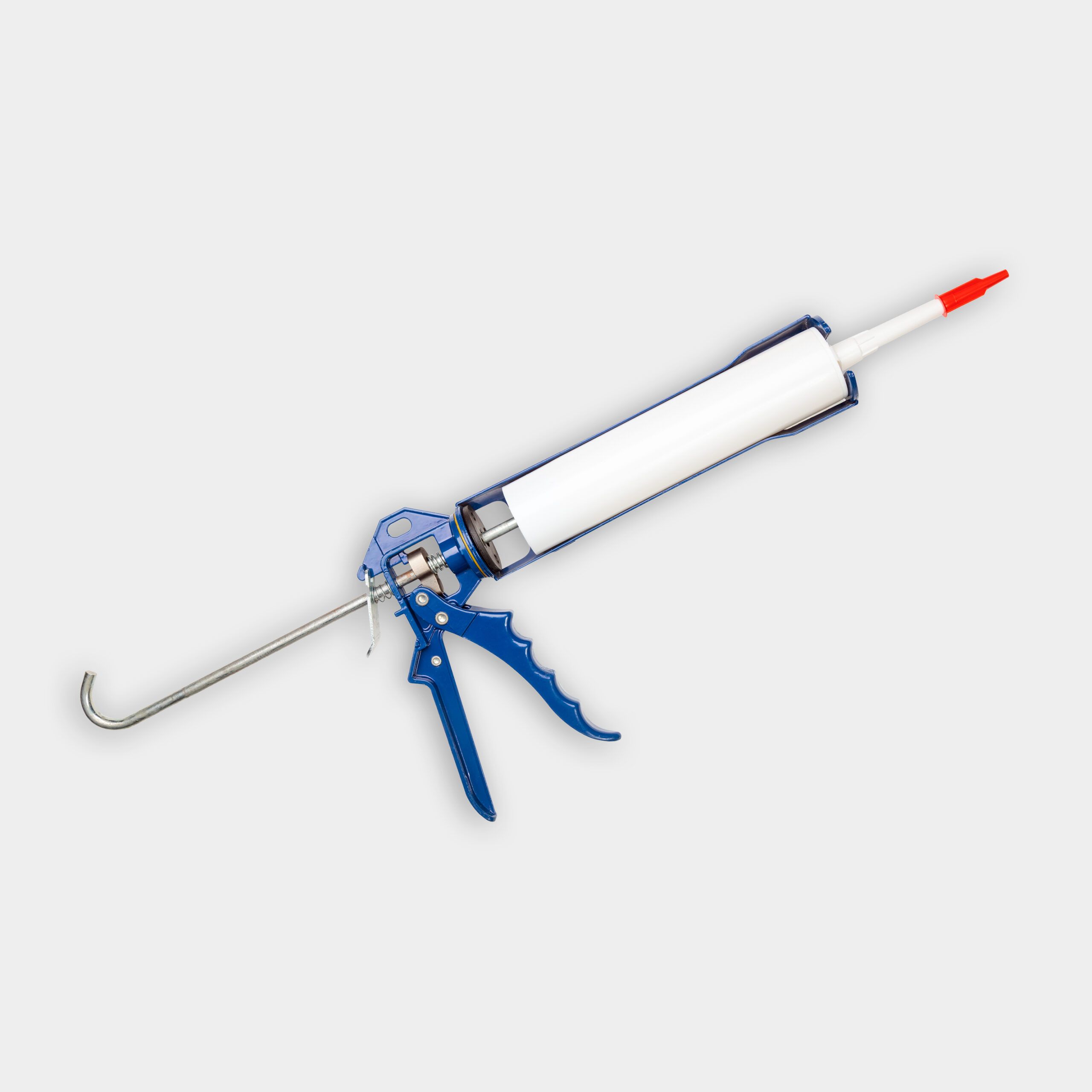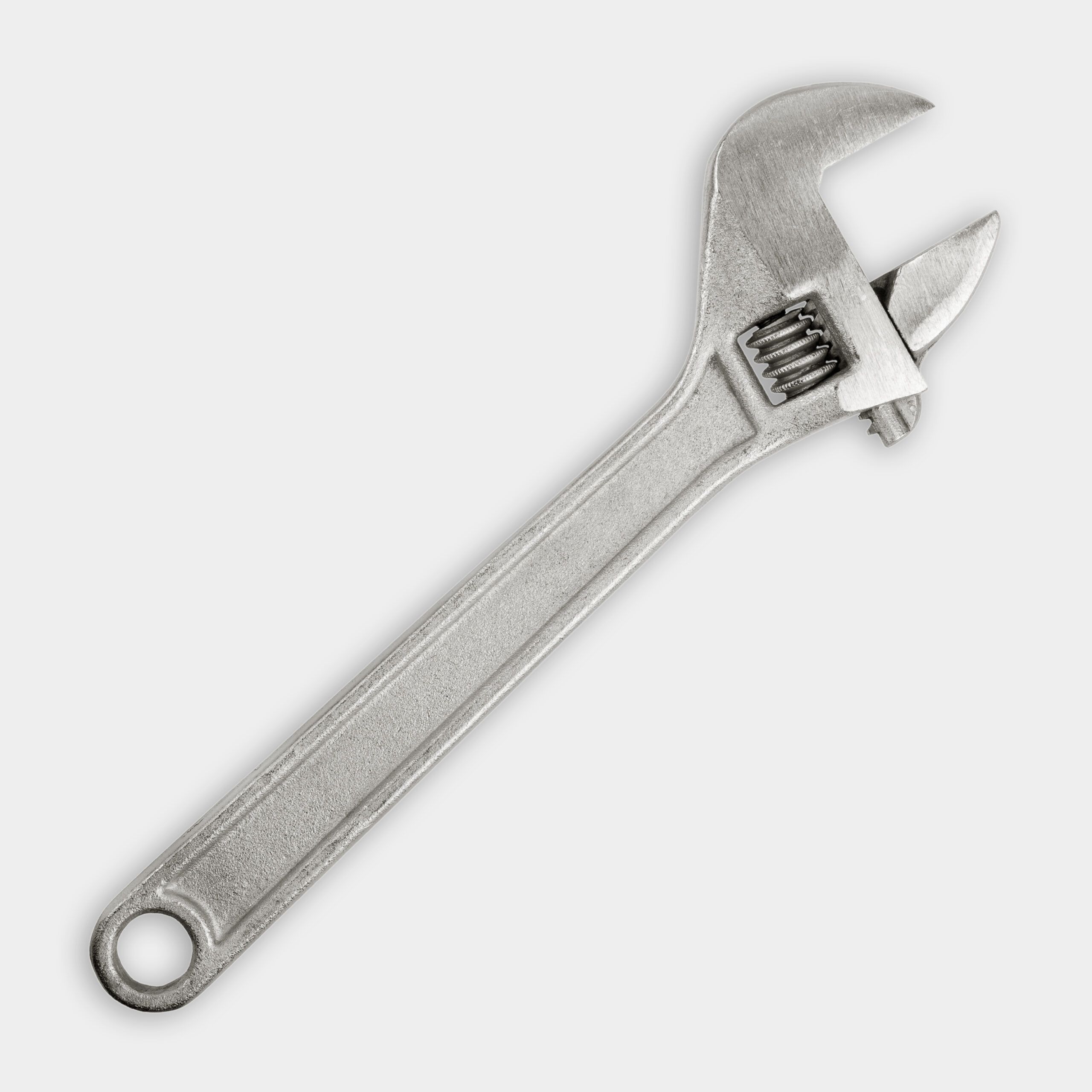Project details
Skill
Cost
Estimated Time
*Cost information in this article sourced from Angi.
Installing a gas log fireplace can transform your old wood-burning hearth into a convenient, efficient heating source. This upgrade offers the warmth and ambiance of a traditional fireplace but is easier to regulate and maintain—plus, you’ll no longer have to chop and store wood.
In this article and accompanying video, we’ll explore the process of installing gas logs, from preparing your chimney to enjoying your new flame. Follow along as chimney and fireplace expert Clint Sanner shows us how to revitalize an old fireplace with a new gas log system.
Preparing Your Chimney
Before installing gas logs, you’ll need to inspect, clean, and prep your chimney. These steps are essential for a safe and smooth installation.
Inspecting the Chimney
A thorough inspection of your chimney is the first step in the installation process. Look for the following:
- Cracks or damage in the flue liner
- Loose or missing mortar between bricks
- Obstructions such as bird nests or debris
- Signs of creosote buildup
Cleaning the Chimney
Once you’ve finished inspecting the chimney, it’s time to clean it. This process involves:
- Sweeping the chimney to remove soot and debris
- Clearing the smoke chamber of any obstructions
- Cleaning the firebox thoroughly
Clearing your chimney of combustion products and pollutants allows for proper ventilation, improves in-home air quality, and lowers the risk of a chimney fire.
Repairing the Chimney Liner
If your chimney liner is damaged, you’ll need to repair it before installing the gas logs. Sanner demonstrates a method for repairing clay chimney liners:
- Use a custom-made foam inset that fits the specific dimensions of your flue
- Pour mortar into the top of the chimney
- Pull the foam inset up using a winch, forcing the mortar into the joints of the liner
This process effectively seals gaps or cracks in the liner, ensuring proper venting and preventing heat and carbon monoxide from escaping into your home.
Waterproofing the Chimney
Waterproofing the chimney helps prevent future damage. To waterproof your chimney:
- Apply a water-repellent solution to the exterior bricks and mortar
- Seal the chimney crown with a high-quality crown sealer
- Install a chimney cap to keep out rain, snow, and debris
Choosing the Right Gas Logs
When choosing a gas log system, there are two primary options: vented and ventless gas logs.
Ventless logs don’t require venting and are more heat efficient than vented models, but they are illegal in some cities and states due to safety and air quality concerns. A new ventless gas fireplace will cost between $800 and $2,600, which includes the unit and labor associated with it.
Vented logs require an open chimney flue or vent and produce a larger, most realistic flame. Ventilated systems may not be as heat-efficient as ventless designs, but with proper installation and regular maintenance, they’re considerably safer. A new vented gas fireplace will cost between $1,700 and $12,500, depending on the model you choose and how involved the installation process is.
NOTE: Check your local regulations before choosing between vented and ventless options.
Size and Style
Measure your fireplace opening to determine the correct size of your ceramic gas logs. You can choose a style once you know how large the log should be. While many different variations exist, the main types include:
- Birch logs for a more modern look
- Driftwood for a coastal feel
- Traditional split oak logs
Fuel Type
Gas logs can use either natural gas or propane. Natural gas is typically less expensive and more convenient if your home already has a natural gas connection, while propane can be a good alternative for homes without natural gas access.
Installing the Gas Line
Installing gas lines is serious business. An incorrect installation can lead to a gas leak or a carbon monoxide leak, both of which can be deadly. Because of this, we always recommend hiring a professional to install these systems.
Safety Considerations
Before beginning any work with gas lines:
- Ensure that you’ve turned the gas off at the main valve
- Have a fire extinguisher nearby
- Ventilate the area well
Connecting the Gas Line
When connecting your gas line, a professional installer will:
- Run a flexible gas line from your home’s gas supply to the fireplace
- Install a shut-off valve near the fireplace for safety and convenience
- Connect the gas line to the burner plate using a gas line connector
- Tighten all connections with an adjustable wrench
Installing a Gas Regulator
A gas regulator ensures consistent gas pressure for your fireplace. The professional will install the regulator according to the manufacturer’s instructions.
Setting Up the Gas Log Set
With the gas line in place, it’s time to install the log. First, the technician will install the burner plate. They’ll place the burner plate in the center of your fireplace and then connect it to the gas line using the appropriate fittings. Finally, they’ll do a final inspection to ensure it’s level and secure.
Arranging the Logs
Proper log arrangement is key to creating a realistic flame pattern. Here’s how you can achieve this effect:
- Start with the largest log as the base
- Add smaller logs on top, leaving space between them for the flame to pass through
- Follow the manufacturer’s instructions for the specific arrangement recommended for your log set
Adding Decorative Elements
To enhance the realism of your gas log set, you can spread embers or vermiculite around the base of the logs, add small twigs or pine cones for extra detail, and use rock wool to create glowing embers.
As always, make sure you are following the manufacturer’s instructions carefully.
Testing and Adjusting a Gas Log Fireplace
Once everything is in place, it’s time to test your new gas log fireplace.
Lighting the Fire
To light your gas logs for the first time:
- Open the chimney flue (for vented systems)
- Turn on the gas at the shut-off valve
- Use the ignition system as directed by the manufacturer
- Check for any unusual odors or smoke
Calibrating the Thermostat
If your gas log set includes a thermostat, calibrate it to maintain a consistent temperature. Follow the manufacturer’s instructions for calibration to ensure efficient heating.
Gas Log Fireplace Maintenance and Safety
Regular maintenance is essential for the safe and efficient operation of your gas log fireplace.
Routine Cleaning
To keep your gas logs looking and functioning their best:
- Dust the logs regularly with a soft brush
- Clean the glass doors (if present) with a fireplace glass cleaner
- Have the chimney inspected and cleaned annually
Safety Checks
Perform these safety checks regularly:
- Test your carbon monoxide detectors monthly
- Check for any gas odors around the fireplace
- Inspect the logs for any cracks or damage
Professional Inspection
Have a professional inspect your gas log fireplace annually. This inspection checks to make sure all components are functioning correctly and safely. If you smell gas or suspect any issues, turn off the gas immediately and contact a professional.
Gas Log Fireplace: Our Conclusion
While some aspects of the installation can be DIY, it’s crucial to prioritize safety and consider professional help for complex tasks like chimney repair and gas line installation. With proper installation and maintenance, your new gas log fireplace will prove a cozy, energy-efficient addition to your home.
Materials
- Foam inset to match specific chimney



